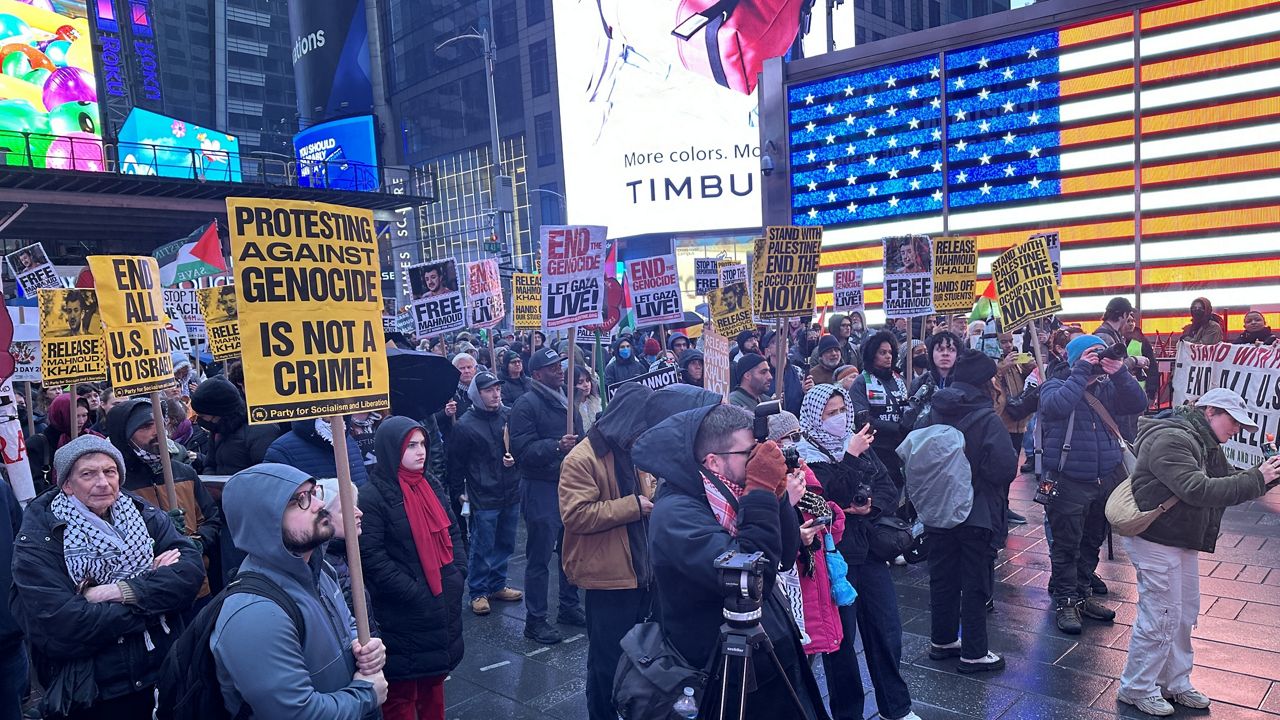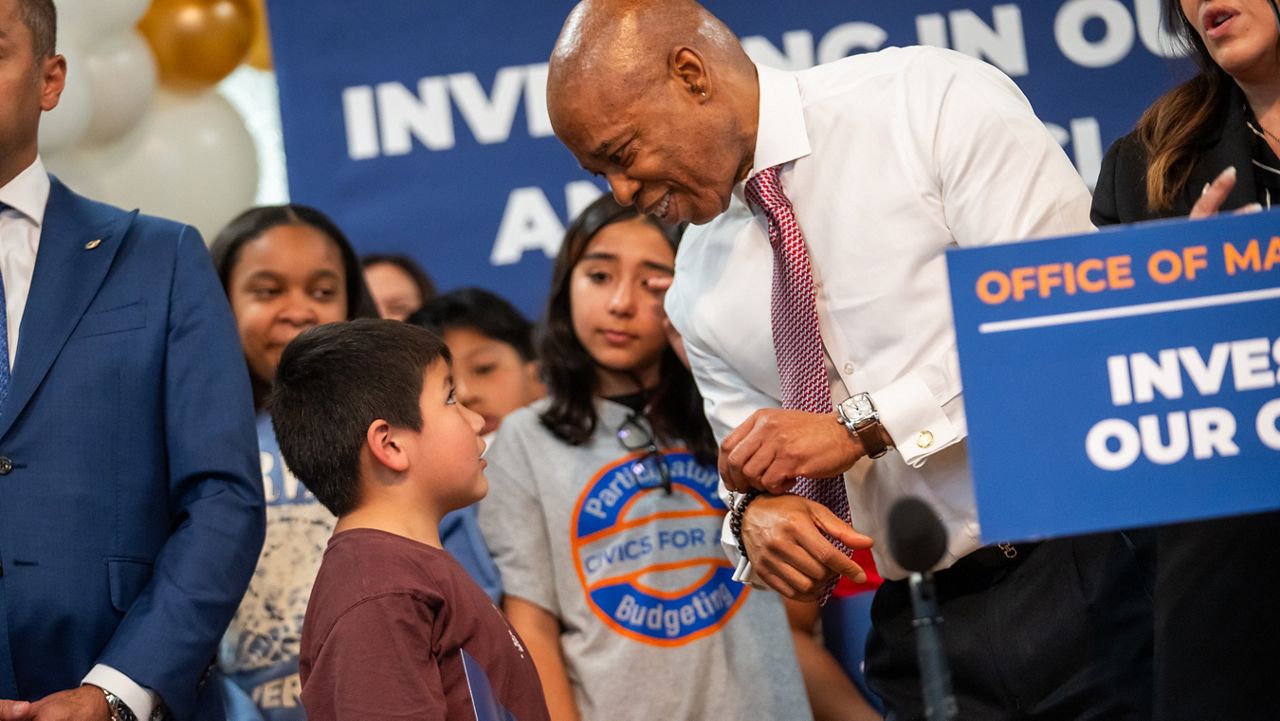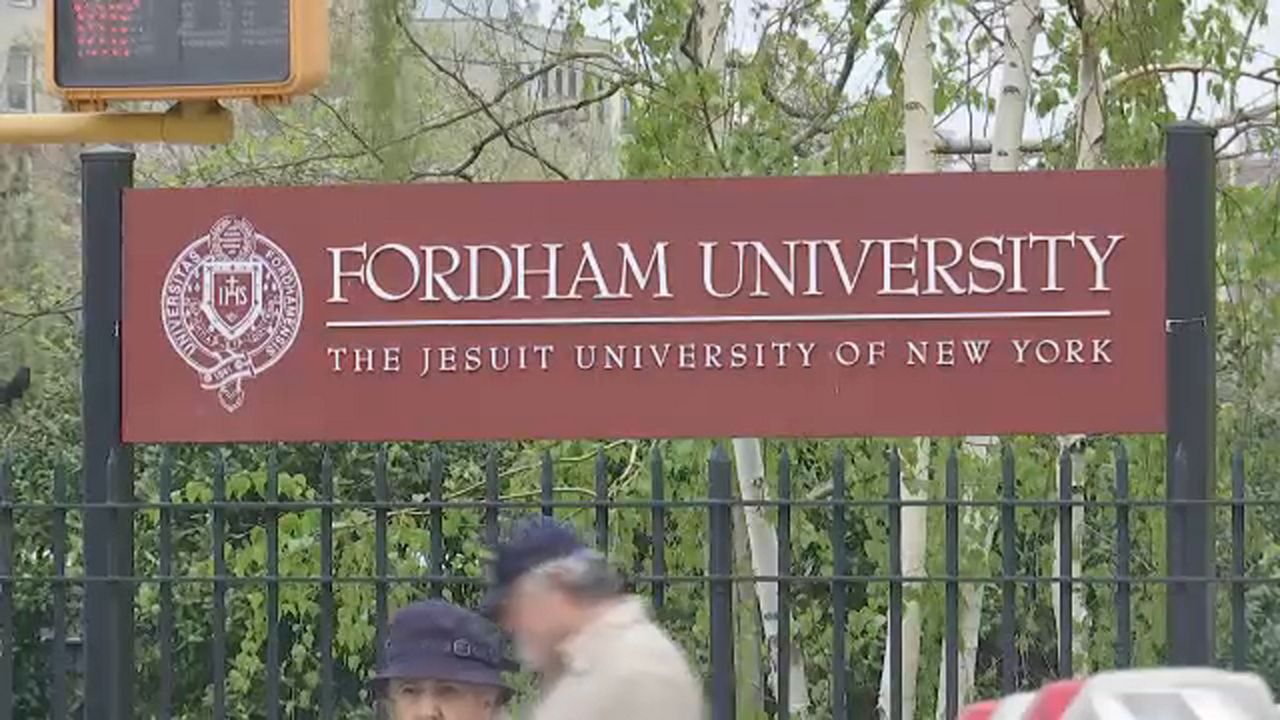The city is poised to change the formula it uses to provide funding to schools, which the education department says will mean an extra $90 million to schools serving students in temporary housing, or those with large concentrations of high-needs children.
Schools are funded per student — using what’s called the Fair Student Funding formula.
Under the current formula, schools get a set amount per child, plus extra money for students with disabilities, low test scores, or who are learning English.
But for years, advocates have criticized the formula for failing to provide extra cash for children in temporary housing.
More than 100,000 students live in temporary housing, such as homeless shelters, or doubled up with family or friends.
What You Need To Know
- The city is poised to change the formula it uses to provide funding to schools
- The education department says it will mean an extra $90 million to schools will serve students in temporary housing, and those with large concentrations of high-needs children
- For years, critics have argued that schools should get extra money for the roughly 100,000 students living in unstable housing each year
- While the new formula would be a boost for some schools, Mayor Eric Adams has also asked city agencies including the DOE to slash their spending by 4%, and it's unclear where those savings will come from
Frustration over the formula briefly derailed its approval by the Panel for Educational Policy last spring.
“This was pre, you know, asylum seeking families even coming here, just the, you know, close to 100,000 students in temporary housing here right now, dispersed in schools and districts all over the city. There was a sense of: that’s not right,” the city’s Schools Chancellor David Banks said.
The city launched a task force, and plans to adopt two of its recommendations: more money for students in temporary housing, and for schools serving a high concentration of children in poverty, with disabilities, or learning English.
At P.S. 398 in Crown Heights, some students live in temporary housing and need a little extra help with groceries. The school maintains a food pantry.
“We’ll just say, ‘Mom, we have a package for you at the building. Come, you know, bring a shopping cart.’ And then we just give them what they need,” Principal Ariana Butler-Bass said.
Both changes to the formula would mean additional funding for P.S. 398, though Butler-Bass doesn’t yet know exactly how much more.
“I do know that whatever additional funding we do receive will be put to great use,” she said.
The school has always served a large amount of students in temporary housing, as there are several shelters nearby.
That number has only grown with the arrival of asylum seekers, as has the school’s population of English language learners.
Serving high-needs students requires extra resources. In addition to the food pantry, there are after-school programs, including one for English language learners, and Saturday classes. The school also helps families with clothes.
“Uniforms are of course a basic need, but for when we have pajama day — we have pajamas for our students that may not have it,” Butler-Bass said.
With more money, she’s hopeful she can hire another teacher.
“Sometimes you can have a worker that can do some home visits, making sure that they’re doing well, if they need anything,” she said.
The new formula still needs to be approved by the Panel for Educational Policy, which is set to vote next month.
There are still major questions about other aspects of the city’s budget.
On Tuesday, Mayor Eric Adams asked all city agencies, including the education department, to cut their proposed spending for the next fiscal year by 4%.
That could mean further cuts to individual schools, most of which saw their funding decline sharply last year, due to lower enrollment and the city’s decision to phase out funding meant to offset those declines.
The city has not yet said where the $90 million in extra Fair Student Funding would come from.
Last week, Banks emphasized to NY1 that it won’t be taken from other schools.
“We’re not borrowing from Peter to pay Paul. So we’re still looking at where this specific source will be. But I think it’s important, particularly what we went through last year, for schools and school communities to know we’re not taking money from anybody else in order to do this, but we’re going to find the right sourcing for it,” he said.









_CGPK_Mn_Columbia_Students_Chained_CG)